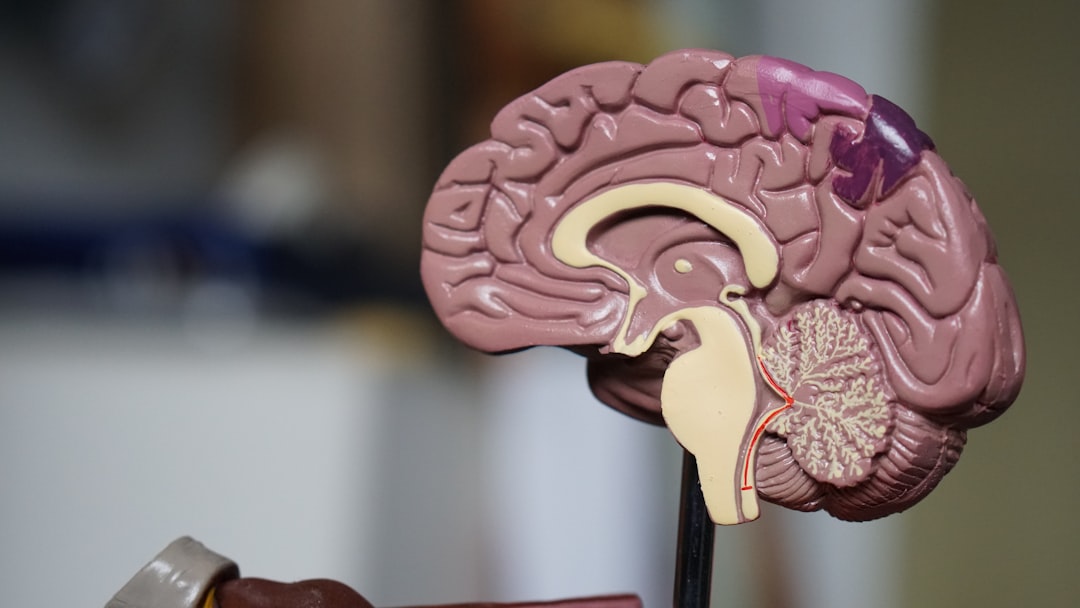What is it about?
This paper showed that a protein that transports zinc ions called transmembrane 163 (TMEM163) protein interacts with another protein called Mucolipin-1 (TRPML1; a non-selective cation channel). Both proteins are detected within the cell's recycling center called lysosomes. The loss of TRPML1 function is the cause of a neurodegenerative disease and a lysosomal storage disorder known as Mucolipidosis type IV (MLIV).
Featured Image

Photo by National Cancer Institute on Unsplash
Why is it important?
We previously reported that zinc accumulates in lysosomes when TRPML1 is knocked down using RNA interference in cultured cells. In the current paper, we confirmed this observation that zinc accumulates in lysosomes of MLIV patient fibroblast cells. Thus, the loss of interaction between the two proteins (TMEM163 and TRPML1) may be the reason why zinc accumulates in lysosomes of cells. More recently, our laboratory has established that TMEM163 mediates extrusion of zinc ions out of cells, suggesting that it is important in balancing the levels of zinc inside the cells. Other laboratories have also implicated TMEM163 in various human disease.
Perspectives
The knowledge we gain from defining the function of TMEM163 protein and figuring out the functional purpose of its interaction with the TRPML1 ion channel may help explain the neuropathology underlying MLIV. Future work on TMEM163 could reveal its role in zinc transport and how it may influence disease processes in which abnormal zinc metabolism is observed.
Professor Math P Cuajungco
California State University Fullerton
Read the Original
This page is a summary of: Cellular Zinc Levels Are Modulated by TRPML1-TMEM163 Interaction, Traffic, September 2014, Wiley,
DOI: 10.1111/tra.12205.
You can read the full text:
Resources
Contributors
The following have contributed to this page










